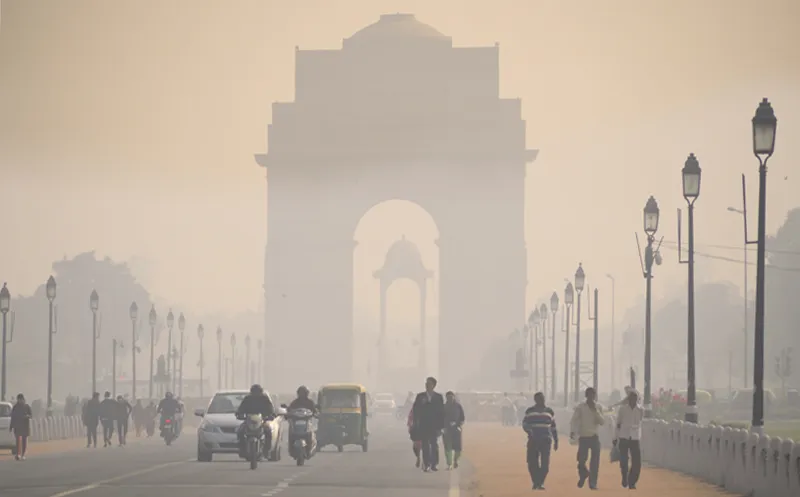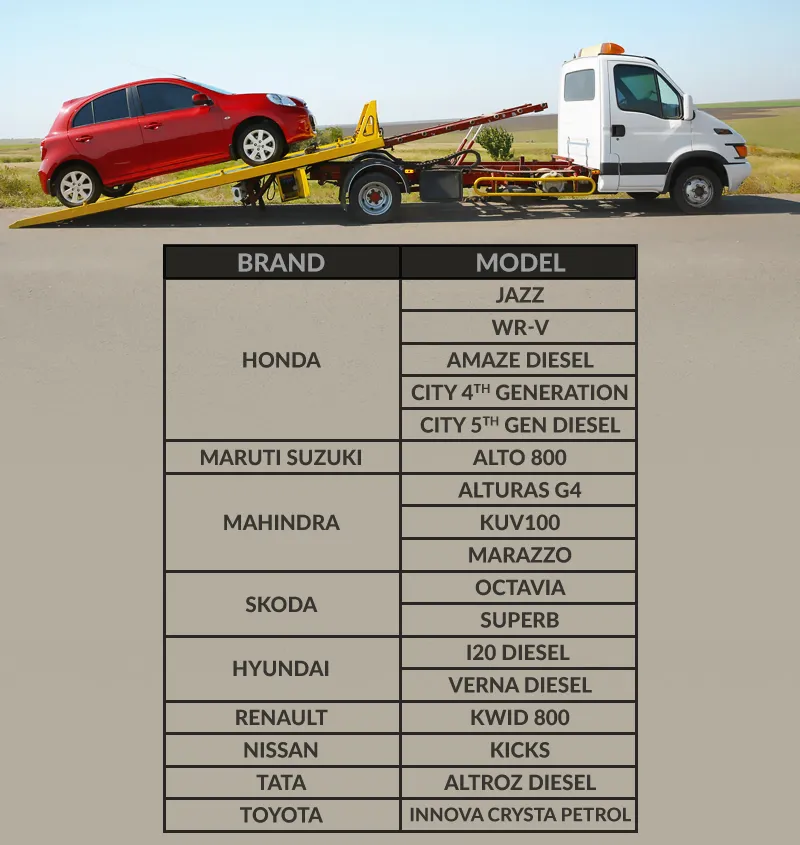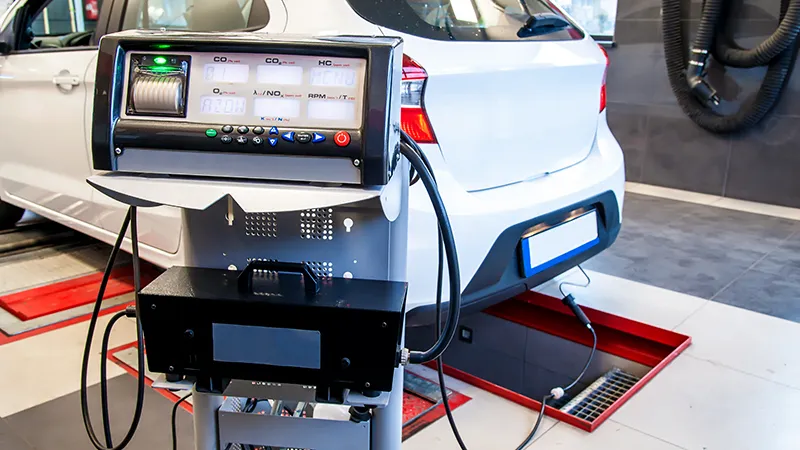What does BS6 phase 2 mean for the Indian auto industry?
Stricter emission norms under phase two of the BS6 standards will require vehicles to incorporate more advanced technologies, including programmed fuel injectors, self-diagnostic devices, etc.
Shielding the environment from pollutants, as per international conventions, has become one of the foremost challenges for the Indian Government. To keep pollution levels in check, the government will soon be rolling out phase two of the BS6 emission standards in India.
From April 1, 2023, all new vehicles—passenger vehicles, two wheelers, and commercial vehicles–in the country will have to comply with the new emission norms. The more stringent phase two BS6 norms will be equivalent to Euro VI standards applicable for all vehicles across Europe.

Increasing vehicular emissions: a big environmental concern.
Phase two of BS6 emission norms
Also known as Real Driving Emission or RDE norms, phase two of BS6 regulations will require all vehicles to achieve emission targets in real-world conditions, apart from being tested in a laboratory environment on the MIDC (Modified Indian Test Cycle).
The new RDE test figures will provide a more realistic estimation of the amount of emissions likely to be produced by vehicles in real traffic conditions with frequent changes in speed, acceleration, and deceleration, as opposed to more steady conditions in lab tests.
Impact on the auto industry
In order to comply with these new standards, auto manufacturers will have to upgrade the engines that will involve huge costs and may not be economically viable for every model on sale today. As a result, many of the low-selling cars currently on sale will not be available for sale from April 1 onwards.
The list of seventeen car models going off sale can be found in the table below.

List of cars to be discontinued from April 1 onwards
As evident from the list, the new norms are more taxing for diesel engines as compared to petrol units. This is because diesel mills have to incorporate a more expensive SCR (selective catalytic reduction) method of emissions control, instead of the simpler and more cost-effective LNT (Lean NOx Trap) system currently employed by smaller capacity diesel engines.
Lager diesel motors, with displacement over 2000cc, have already made the transition to SCR in the first phase of BS6 norms. Now, under the second phase, this technology will be implemented across all diesel models, irrespective of engine displacement. This would translate into a much higher cost upgradation for models with smaller diesel engines, relative to their sticker price.
Therefore, diesel-powered iterations of small cars like Hyundai i20, Tata Altroz, Honda Jazz, Amaze, WR-V, and City will have to say goodbye to the Indian market. Manufacturers will, however, upgrade diesel-powered variants of models like Hyundai Creta, Tata Nexon, and Kia Seltos, which have a sizable demand.

Phase 2 of BS6 emission standards are also known as Real Driving Emission (RDE) norms
For petrol engines, the upgradation process isn’t as expensive as diesel models, but will create an impact on the buyer’s budget. Hence, budget hatchbacks with 800cc mills like Maruti Alto 800 and Renault Kwid 800 with lower sales volume, do not hold a strong business case for themselves.
Other premium petrol-powered models like Nissan Kicks, Toyota Innova Crysta, Skoda Octavia, and Superb, with larger engine capacities, will also see the end of daylight due to poor sales and high production cost resulting in low market viability.
For two- and three wheelers, this transition to BS6 phase two is expected to be a little easier, but we suspect a few low-selling models in these segments to be discontinued in the near future when the stricter emission norms kick-in.
Edited by Megha Reddy







